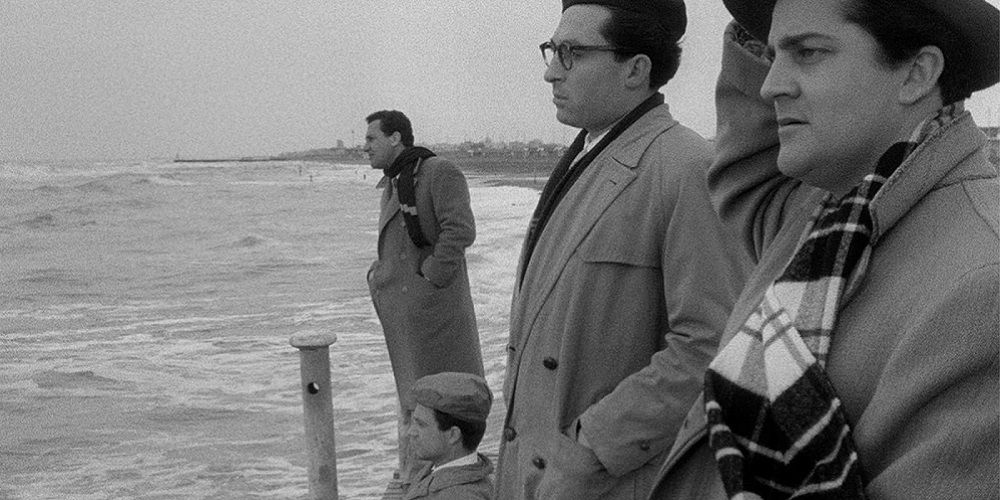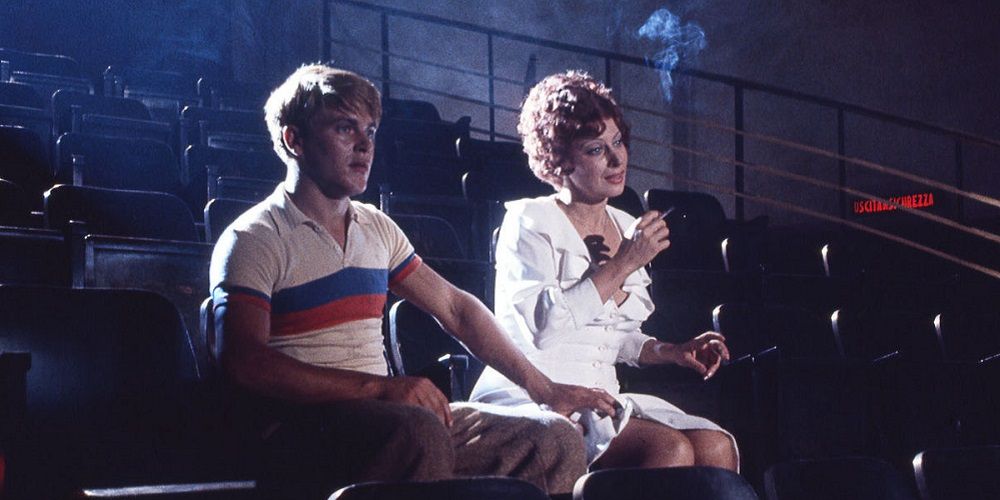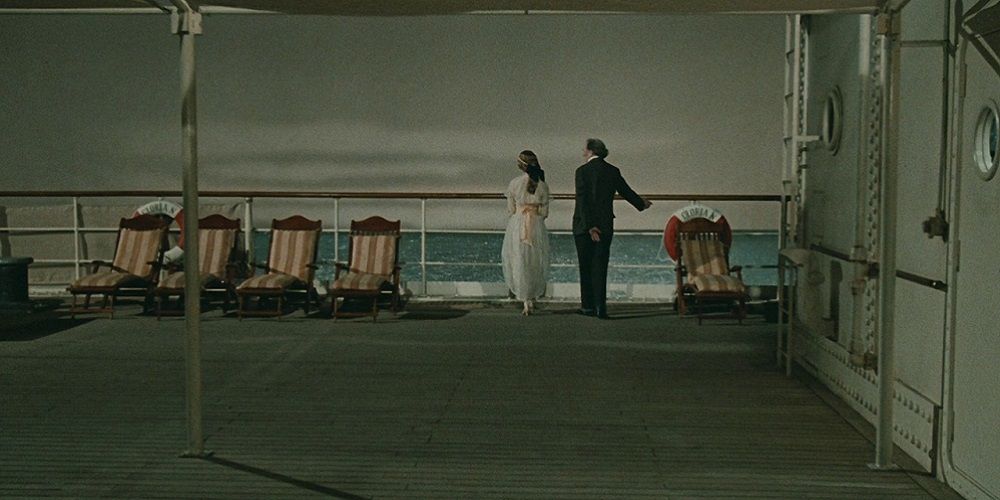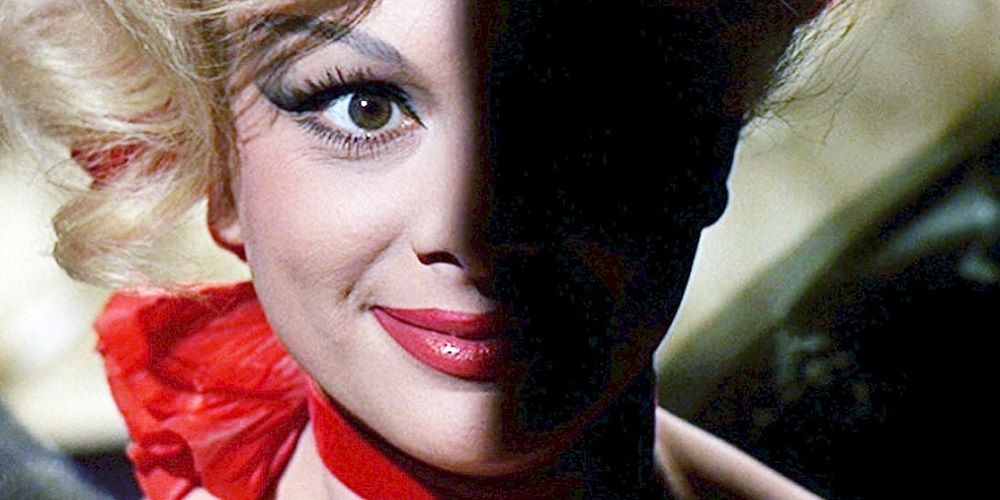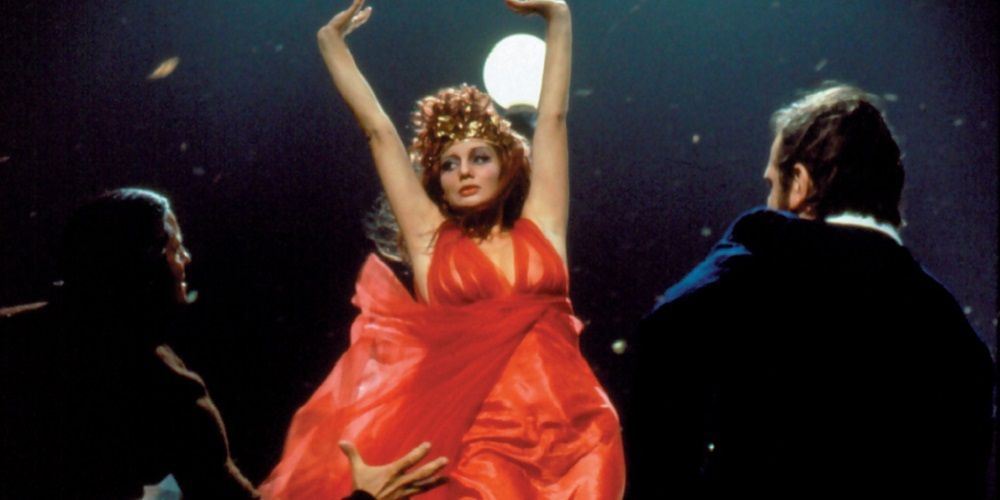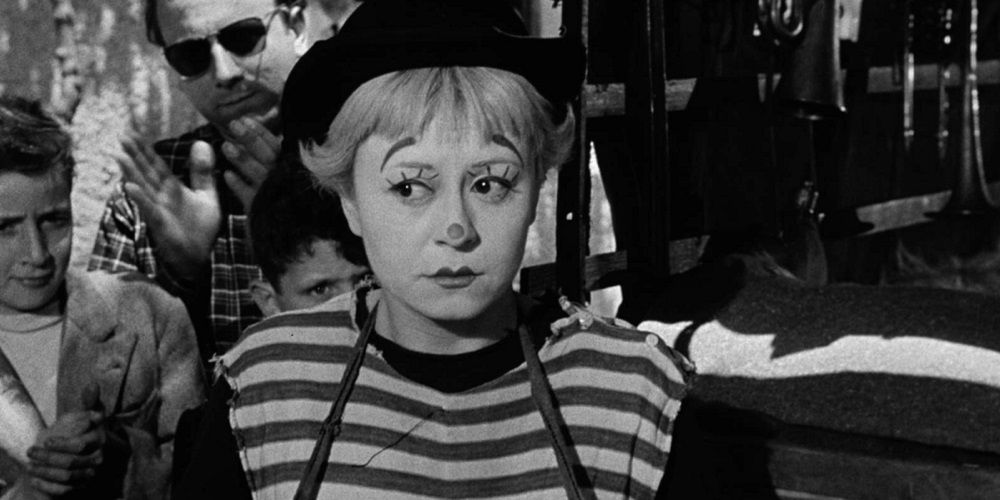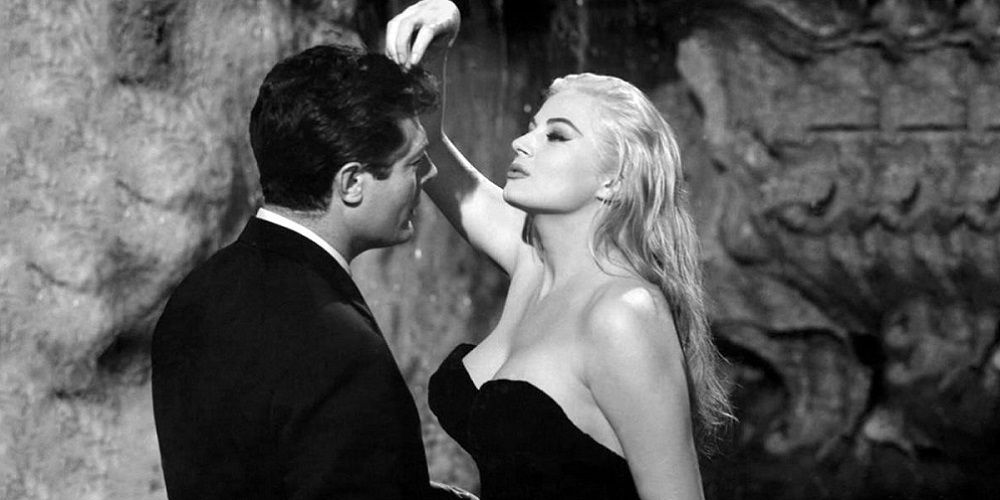Federico Fellini was a rare and intimidating filmmaker who inspired countless other writers and directors, from Martin Scorsese to David Lynch. His films are often thick with secondary meanings and personal symbols. Nostalgia and loss inform the bulk of his work, with his longing for the past frequently indicated by the mournful howling wind buffetting his eccentric characters. Dreams and personal reflection enhance his stories and settings, creating multilayered, singular works.
Fellini won four Oscars for Best Foreign Language Film, more than any other filmmaker. But beyond the awards and acclaim, all of the director’s work deserves attention and study as it is rich with timeless images and iconic performances.
10/10 Fellini Satyricon (1969) Painted A Surreal Rome
Fellini Satyricon bewilders audiences with its mix of classical beauty and grimy bawdiness. The film is a revisionist history of imperial Rome with colorful flourishes of Fellini’s surrealism. Structurally, Fellini follows the fragmentary template of the Roman satirist Petronius.
Like the ancient author’s surviving pieces of text, the script is episodic and rambling, with the two male leads, Encolpio (Martin Potter) and Ascilto (Hiram Keller), on a seemingly random journey through a patchwork narrative. The film’s action ends abruptly, in mid-sentence, like the text on a torn piece of parchment.
9/10 I Vitelloni (1953) Depicted Iconic Fellini Nostalgia
One inspiration for Fellini’s filmmaking was his strong nostalgia for his youth in the provincial town of Rimini, Italy. Postwar Italy was home to thousands of disaffected young men, some of whom Fellini knew as friends and classmates growing up. The characters of I Vitelloni (slang for “slackers” or “freeloaders”) embody this type of aimless small-town existence that Fellini was able to escape.
A recurring image in the film is the sea, which serves as a symbolic boundary for the young men on the verge of responsibility and adulthood. Moviegoers identified with this coming-of-age story, and I Vitelloni was the first film to bring Fellini international attention.
8/10 Amarcord (1973) Cataloged Colorful Fellini Memories
Some critics consider Amarcord to be Fellini’s last great work. The film is a heartfelt series of idealized and exaggerated remembrances, some playful, some haunting. The vibrant, sprawling narrative could be a prequel to I Vitelloni, driven by the director’s complicated feelings for his boyhood hometown.
With Amarcord, which translates as “I Remember,” Fellini travels further backward to prewar Italy. Even under the boot of fascism, Fellini’s eccentric characters find a way to live and love. Magali Noel stars as the town beauty, Gradisca, the object of the local boys’ infatuation.
7/10 And The Ship Sails On (1983) Featured Intrigue And Betrayal At Sea
And the Ship Sails On concerns a community of opera performers and dignitaries who travel by sea to the birthplace of a famed singer. Intending to scatter the ashes of the late star, they must first survive threats from within and without, including a warship determined to capture emigrants who have taken refuge on the Italian vessel. Whether the refugees survive or surrender becomes central to the film’s narrative. Like Amarcord, And the Ship Sails On employs an onscreen narrator (British character actor Freddie Jones) to clarify the action.
And the Ship Sails On is unlike Fellini’s later work in that the film downplays its use of color. Except for the occasional accent or flourish, the movie could have been black and white. It is visually subdued; however, there are moments of Fellini’s unique genius, including an ailing rhino who helps the narrator escape the ship’s destiny.
6/10 Juliet Of The Spirits (1965) Was A Supernatural Tale Of Infidelity
Juliet of the Spirits was Fellini’s first full-length color movie and the closest that the director came to making a horror film. The imagery mixes the surreal with the supernatural, and the viewer is never sure if Fellini is showing Juliet’s dreams or glimpses of the spirit realm. The unnerving blend of ornate and grotesque is strongly reminiscent of the nightmarish tableaus found in Ari Aster’s Hereditary (2018).
At the heart of the film is an autobiographical tale of marital infidelity. To underline that theme, Fellini cast his wife, Giulietta Masina, as the lead and his rumored girlfriend, Sandra Milo, as an eccentric temptress.
5/10 Roma (1972) Was A Beautiful, Textured Homage To Italy’s Capital
While Roma is a tribute to the ancient city, with its legendary past and modern splendor, Fellini managed to incorporate some typical themes of his unique brand of cinema. The film begins as if it will follow an autobiographical narrative, with dapper young Fellini (played by actor Peter Gonzalez) making his way through the streets of Rome.
Soon, dreamlike images and meta-cinema intrude, with director Fellini and his crew joining the action onscreen. In one sequence, Fellini debates a group of young intellectuals, commenting on the movie as it unfolds around him. The film fluctuates, culminating in a thunderous conclusion, with dozens of motorcycles racing through the nighttime Roman streets.
4/10 La Strada (1954) Was A True Tragedy Of Loss And Regret
La Strada was a crucial follow-up to 1953’s I Vitelloni. The earlier film established Fellini as an international figure in cinema, but it was grounded in the style of the Italian Neorealist movement. La Strada, translated as “The Road,” showed audiences that Fellini possessed a distinctive vision unfettered by popular trends or politics. Critics responded to his approach, and Fellini won his first Oscar for Best Foreign Language Film for La Strada in 1957.
La Strada’s lead performances fueled its success. Giulietta Masina, who was married to Fellini from 1943 until his passing in 1993, and Mexican-American star Anthony Quinn each crafted unforgettable characters from the script by Fellini, Tullio Pinelli, and Ennio Flaiano. Masina portrayed the heartbreaking Gelsomina, and Quinn played the cruel, egocentric Zampano. At the edge of a dark sea, Zampano realizes too late that he has failed in his journey and lost the only woman who truly loved him.
3/10 Nights Of Cabiria (1957) Starred One Of Fellini’s Most Charismatic Characters
Many movie fans cherish Giuletta Masina’s poignant acting as Gelsomina in La Strada. Three years after that film, Masina returned as Cabiria, a funny, adorable sex worker who had first appeared in a brief but memorable role in Fellini’s The White Sheik (1952). In Nights of Cabiria, the audience gets to know Cabiria as a tragic and troubled figure who seeks goodness and purity in her life. Unfortunately, she falls prey to insensitive men seeking to rob and exploit her.
In addition to his writing team of Tullio Pinelli and Ennio Flaiano, Fellini consulted with Pier Paolo Pasolini (director of Salo), who added grittiness and realism to Nights of Cabiria’s dialogue. The film repeated the success of La Strada, winning the Oscar for Best Foreign Language Film in 1957.
2/10 La Dolce Vita (1960) Inspired Controversy And Adoration
In its day, La Dolce Vita was as well known for its notoriety as it was for the beauty of its cinema. As is depicted in Pietro Germi’s Divorce, Italian Style (1961), audiences piled into showings of La Dolce Vita in hopes of seeing its reported orgy scene. The alleged sex and nudity, brief and tepid by 21st Century standards, resulted in Fellini’s falling out with the Catholic Church. Conservative Spain banned La Dolce Vita, and even in its native Italy, censors did not allow the movie on television until 1975.
Beyond the scandal and hype, La Dolce Vita is the purest realization of the first half of Fellini’s oeuvre. Before 1960, his films are a progression, with the techniques and themes of the earlier movies contributing to La Dolce Vita’s final vision. Similarly, La Dolce Vita is a journey for its protagonist, Marcello (Marcello Mastroianni), as he struggles to define himself in an uncertain world.
1/10 8 1/2 (1963) Brimmed With Deep Symbols And Personal Memories
A surreal and introspective masterpiece, 8 1/2 finds Fellini reeling from the global success of La Dolce Vita. The director’s years of depression and therapy contributed a dreamlike quality to the film, which brims with deeply personal symbols and fragments of memory.
Fellini admitted that he was the main character of 8 1/2, Guido (Mastroianni in a timeless performance). Furthermore, the character’s relationships and professional life parallel Fellini’s real-life challenges and failings. Thus, the densely crafted film is a meditation of a self-aware auteur analyzing his shortcomings as a person and as a renowned director. In 8 1/2, Guido symbolically destroyed himself, just as Fellini realized that he must change, leaving his past behind and moving to new modes of expression.
Credit: Source link



